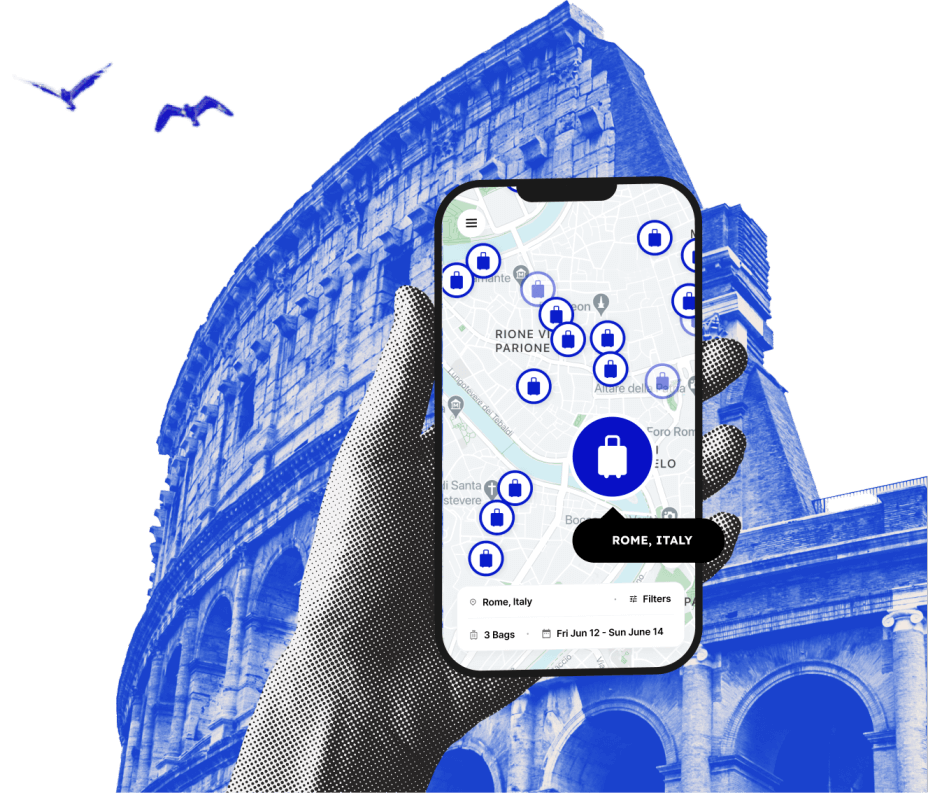How To Get Around Prague
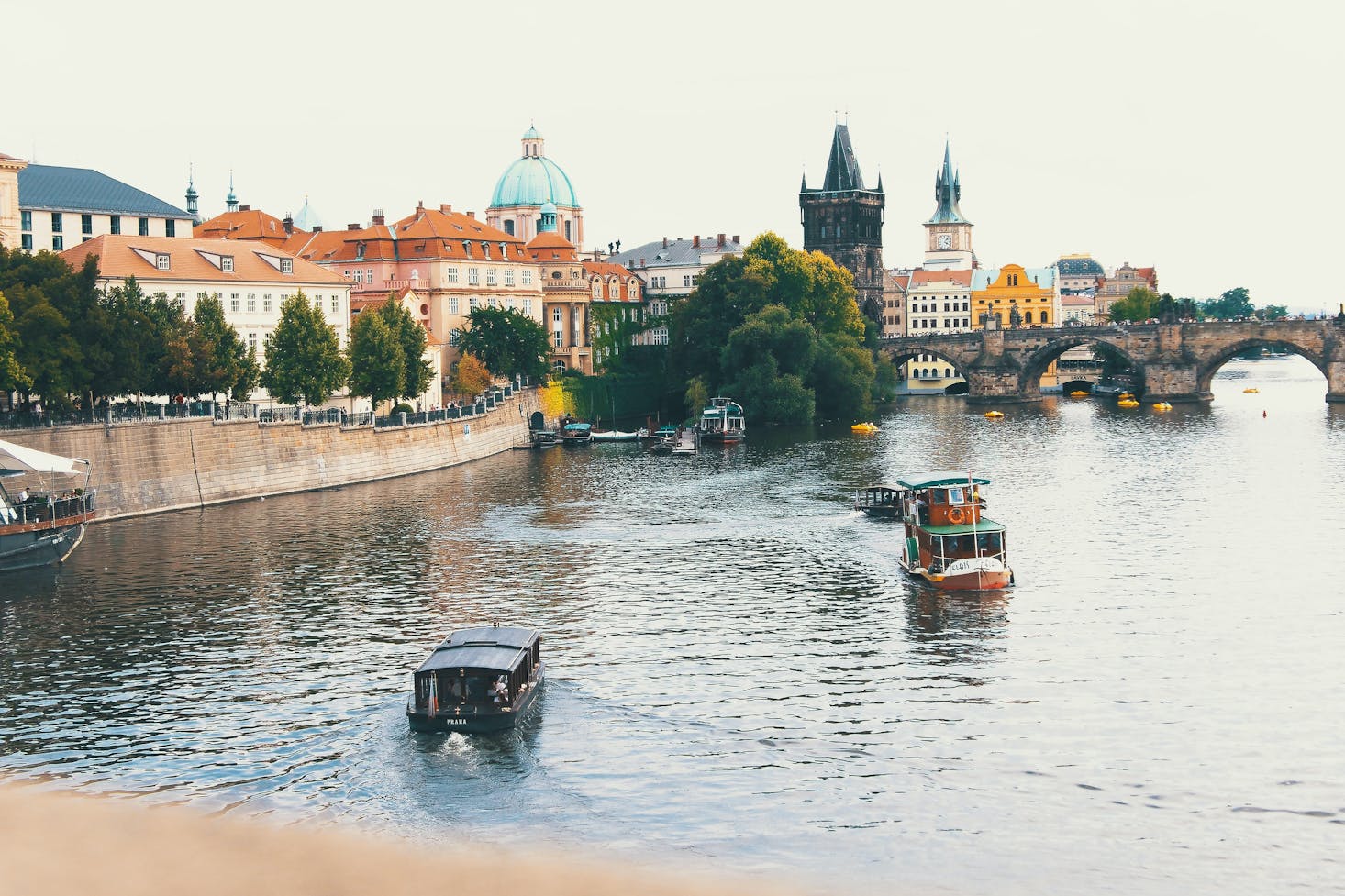
For decades now, Prague has been a major tourist destination. It's not hard to see why. The gorgeous historic architecture of the Old Town Square, the atmospheric Charles Bridge across the Vltava River, and the brooding Gothic grandeur of Prague Castle make the capital of the Czech Republic a fascinating place to visit. Plus, alongside its historic significance and well-preserved architecture, the city is known for its lively nightlife, and there are many unmissable things to do in Prague at night.
With all that going on, it's no wonder Prague gets millions of tourists every year. And if you find yourself in this beautiful and enigmatic city, you'll want to know how to get around to make the most of your visit. Luckily, Prague public transport is efficient and readily available. Wherever you need to go in the city center and beyond, you shouldn't have too much difficulty getting around.
That's even more true when you take advantage of luggage storage in Prague. With Bounce, you'll always have a place to leave your things before hopping on the trams and buses of Prague. Drop off your baggage and get ready to explore the Czech capital.
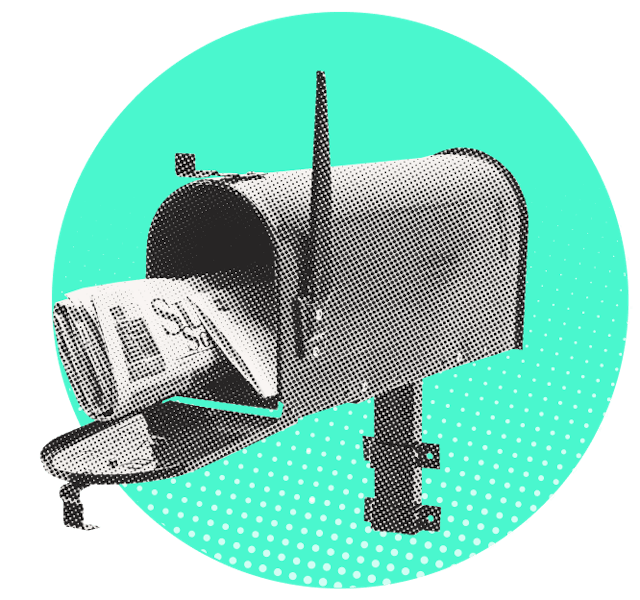
Love discounts and traveling?
Sign up for our newsletter and get 10% off your next booking.
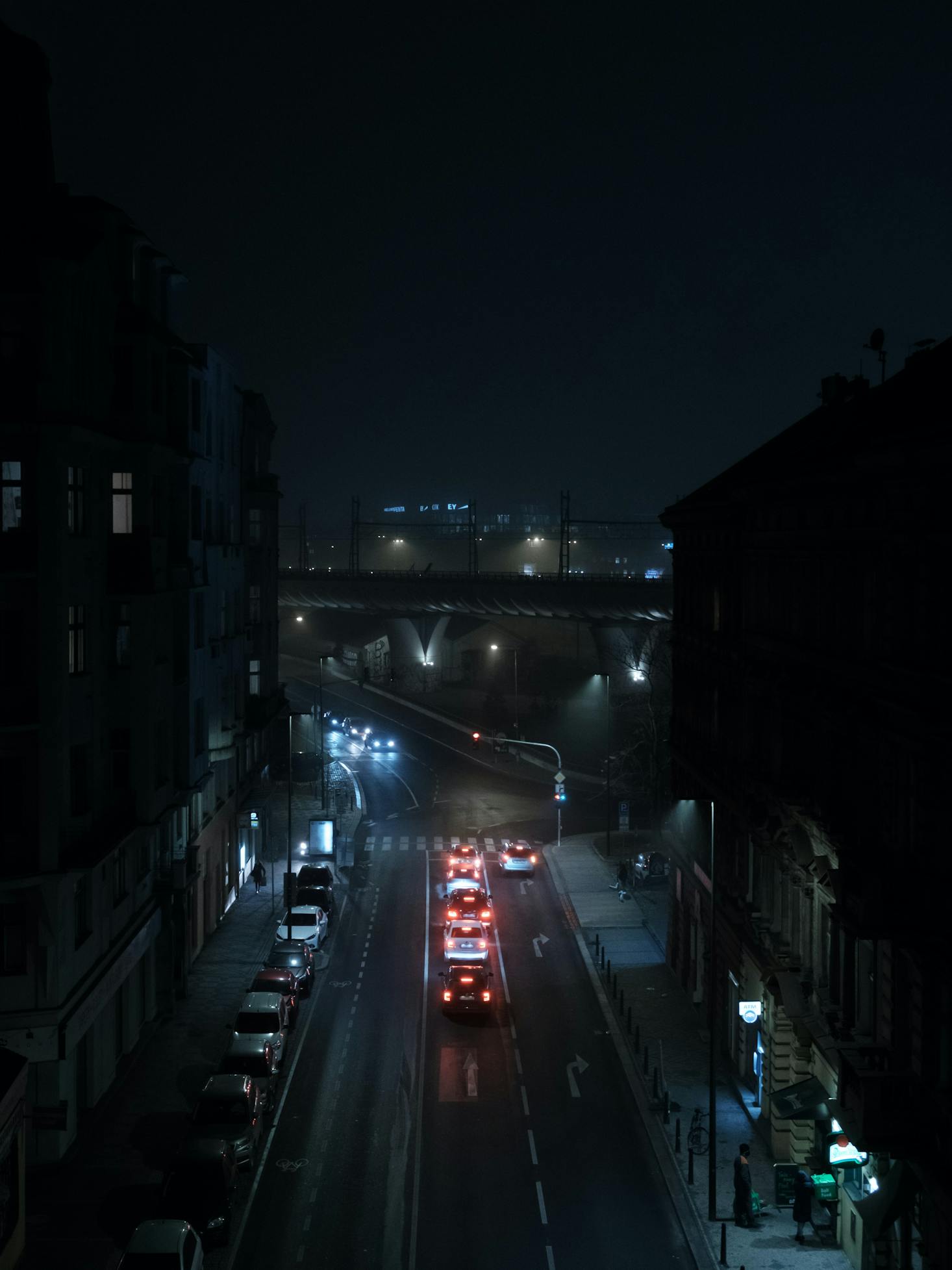
How to get around Prague by train
Praha hlavní nádraží is the main railway station in Prague. First opened in 1871 as Franz Josef Station, named after the Austro-Hungarian Emperor, the station spent the immediate post-Second World War years named after Woodrow Wilson instead. These days, it is simply called Prague Railway Station.
The station is a national and international hub, and trains arrive here from across Europe. Long-distance bus lines also use the station as a stop, so if you're coming to Prague by train or by bus, chances are good you'll end up here. Luckily, Prague Railway Station is centrally located next to the National Museum, and is well within walking distance of central Prague.
If you don't feel like walking, Hlavní nádraží Metro station is right underneath the train station and is served by Metro line C. The same Metro line connects the main railway station to another of the city's transportation hubs, Florenc. You'll also find tons of public transportation options close to the main train station, including tram stops and bus stops. As a result, the train station can be difficult to avoid when you visit Prague.
Vaclav Havel International Airport is the main Prague airport and the gateway to the city for millions of air travelers every year. Prague airport is connected to the city it serves by the Airport Express bus which stops at Hlavní nádraží. You can purchase tickets for the bus in the arrivals hall of Prague airport or directly from the driver. The journey takes around half an hour to reach the train station. From there, you can take advantage of the many public transportation options Prague offers to reach your hotel or the city's attractions. Alternatively, you can simply walk. It's just over one kilometer from the main train station to the Old Town Square of Prague, and it's a very pleasant walk that will let you see a lot of the city along the way.
When it comes to getting around the city, Prague's network of Metro stations can also be helpful for visitors. The three lines of the Metro system, named A, B, and C, connect central Prague with outlying areas of the city. For tourist purposes, line A may be the most useful part of the Prague Metro system, as it connects Metro stations at the National Museum and at Prague Castle. It's the Metro line that comes closest to Old Town Square before crossing the Vltava River. However, depending on what you want to do and where you choose to stay in Prague, you may find that Metro lines B and C are also useful public transport options.
Tickets for the Prague Metro are based on how long you spend on the system. You can buy a 30-minute ticket for short Metro rides, or a 90-minute ticket for a longer journey. It's also possible to buy one-day and three-day passes which allow unlimited public transportation on the system, including the funicular railway that climbs up Petrin Hill. You can buy Metro tickets from ticket machines at major Metro stations and bus stops. The ticket machines have English as a language option, making them easy to use. You can also buy tickets from local newsagents and the tourist information office. Note that Prague public transport is free for children up to the age of 14 and for people over 65, and there are student discounts for those with valid student identification. Make sure to validate your ticket in the machine at the entrance to the Metro station.

How to get around Prague by bus
Buses and trams are a key part of Prague public transport. Both trams and buses run throughout the day, and there are also night trams and night buses for those who are more active once the sun goes down. This makes it easy to enjoy all the historic attractions and vibrant bars and restaurants you'll find in the city. And if you're looking for the best shopping in Prague, check out this guide.
Prague trams and buses use the same tickets as the Metro trains. As long as your ticket is still within its validity period, you can switch from tram to bus to Metro with no problem. Just remember to validate your ticket in the machine on every tram or bus you board, just as you would on the Metro.
Prague's network of tram stops is served by several different tramlines that run both day and night. Night trams operate from midnight until 4:30 AM, albeit with a reduced schedule. During the day, trams leave from the most popular stops in the city as frequently as every two minutes. At less popular stops, however, you may wait up to 20 minutes for a tram.
Trams have been a part of the public transportation infrastructure of Prague for generations, and they are a great way to get around downtown. Tram line 17 is an especially good one to ride as it runs along the eastern bank of the Vltava River, taking passengers past the Charles Bridge and offering impressive views of Prague Castle and the historic buildings of the Old Town.
Prague bus lines fill the gaps where the Metro and tram systems don't reach. Other than the Airport Express bus, many visitors never use a Prague bus, since most of the top tourist attractions are well served by either Metro or tram stops. However, if you want to explore outlying areas or you just don't feel like walking, Prague buses can be a useful way to get around. Since they use the same tickets as the Metro and tram systems, it's a good idea to buy a day pass so that you can hop on and off any part of the city's public transportation system without worrying about buying another ticket.
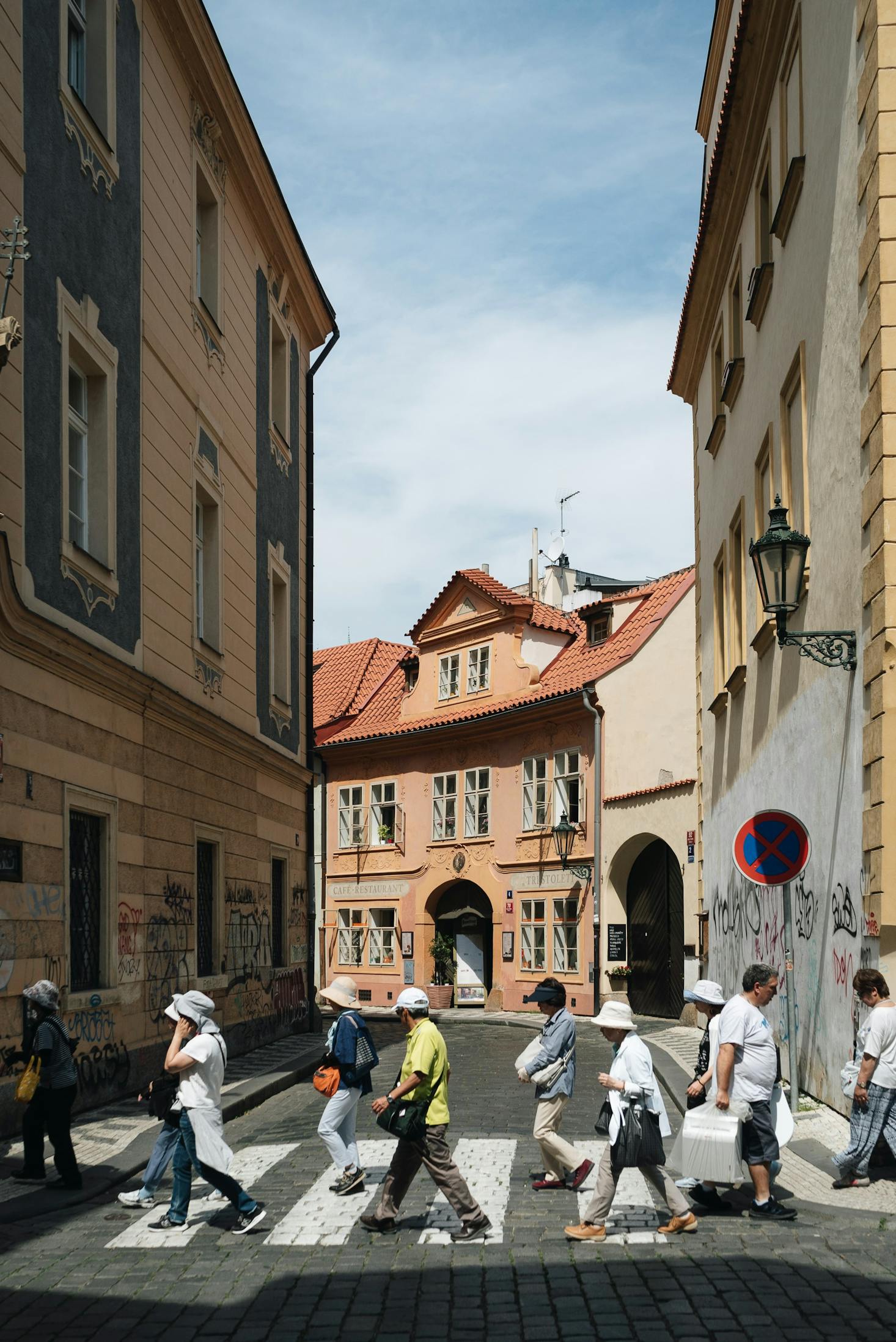
How to get around Prague by car
The best place to find rental cars in Prague is, unsurprisingly, at the airport. However, you will also find some car rentals available near Prague Main Railway Station. The drive from Vaclav Havel Airport into the city center takes around half an hour, depending on traffic. If you're carrying lots of luggage, this might be a good option. However, a pre-booked airport transfer can achieve the same goal with a lot less hassle.
As with so many ancient European cities, Prague's streets were laid out long before motor vehicles were even thought of. Therefore, central Prague is not a great place to drive. Parking spots are rare and usually expensive. Also, traffic can be a real pain. Plus, large portions of the city center are pedestrianized, so you won't be able to get all that close to the top attractions anyway without parking and setting out on foot. This is why so many visitors prefer to use public transport to get around Prague. Often, driving just isn't worth the stress and expense.
If you do insist on driving in Prague, make sure you have an International Drivers Permit, which functions as a translation of your driving license. Be aware that the speed limit within the city is generally 50 km an hour unless otherwise stated, but you'll be lucky to ever get close to that speed in central Prague. Be aware also that there is zero tolerance for drinking and driving in Prague, and any trace amount of alcohol in your system will result in legal action against you. Outside Prague, the Czech motorway system is maintained by a series of toll stations, so make sure to bring cash or credit cards to pay your way.
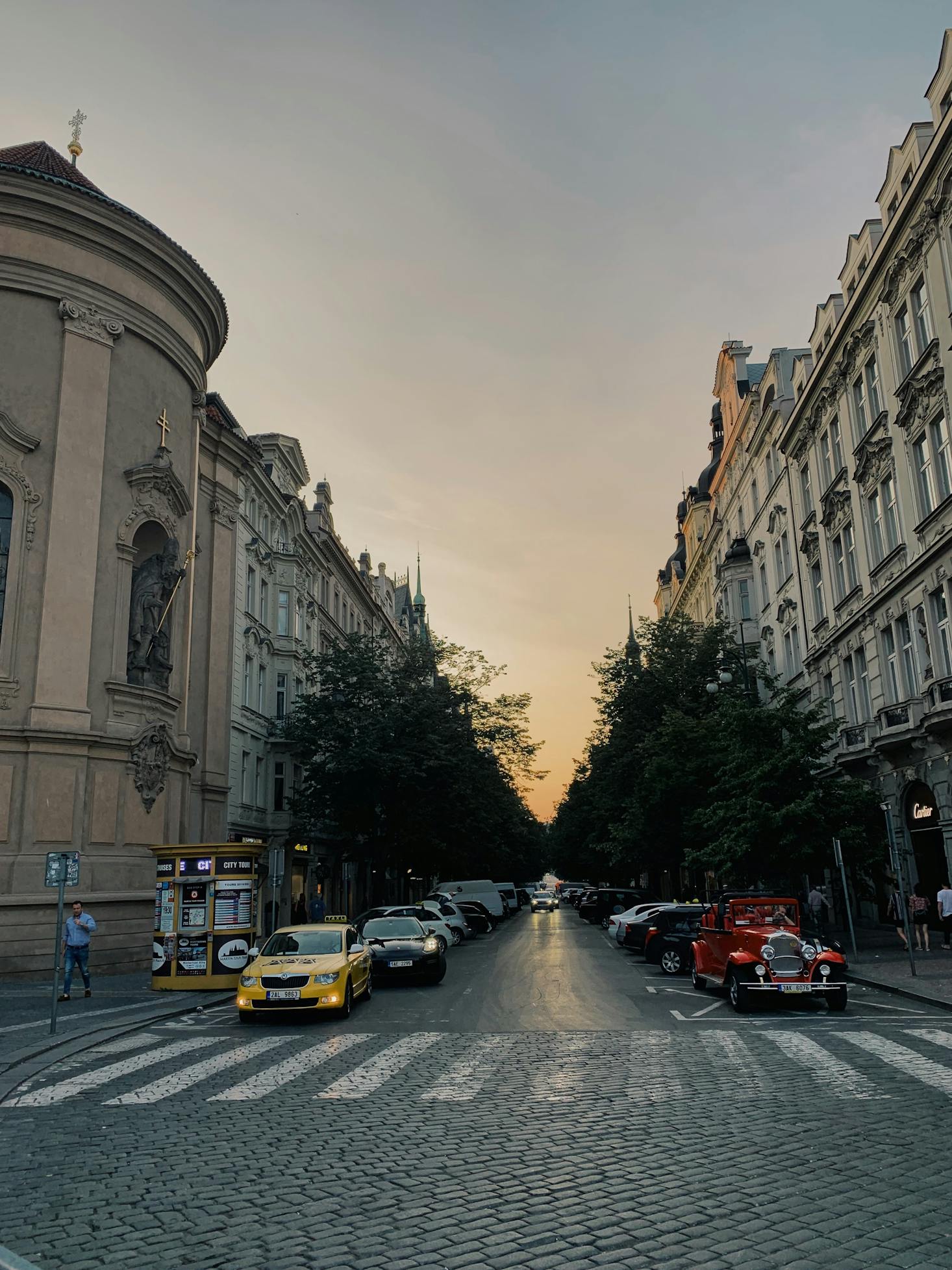
Can I get around Prague on foot?
The city center of Prague is incredibly compact. From Prague Main Railway Station and the National Museum, you can walk clear across Old Town and across the Charles Bridge to Prague Castle in under 40 minutes. Of course, in the real world, you'll probably take a lot longer, because you'll want to stop at the many attractions along the way. But truthfully, Prague is best explored on foot so you can stop wherever you want to and take your time soaking up the atmosphere. Plus, the city center is full of bars and cafés so you can take a break anytime you want. And with the exception of the hill up to Prague Castle, most of the city is very flat, making it easy to walk around.
If you do get tired of walking around Prague, the many trams and buses of the city make public transport a great option. And if you prefer to learn something on your walk through Prague, consider taking one of the many walking tours that are available in the city. The pedestrian zones of Prague make walking one of the best ways to get around the city, so wear comfortable shoes for your trip.
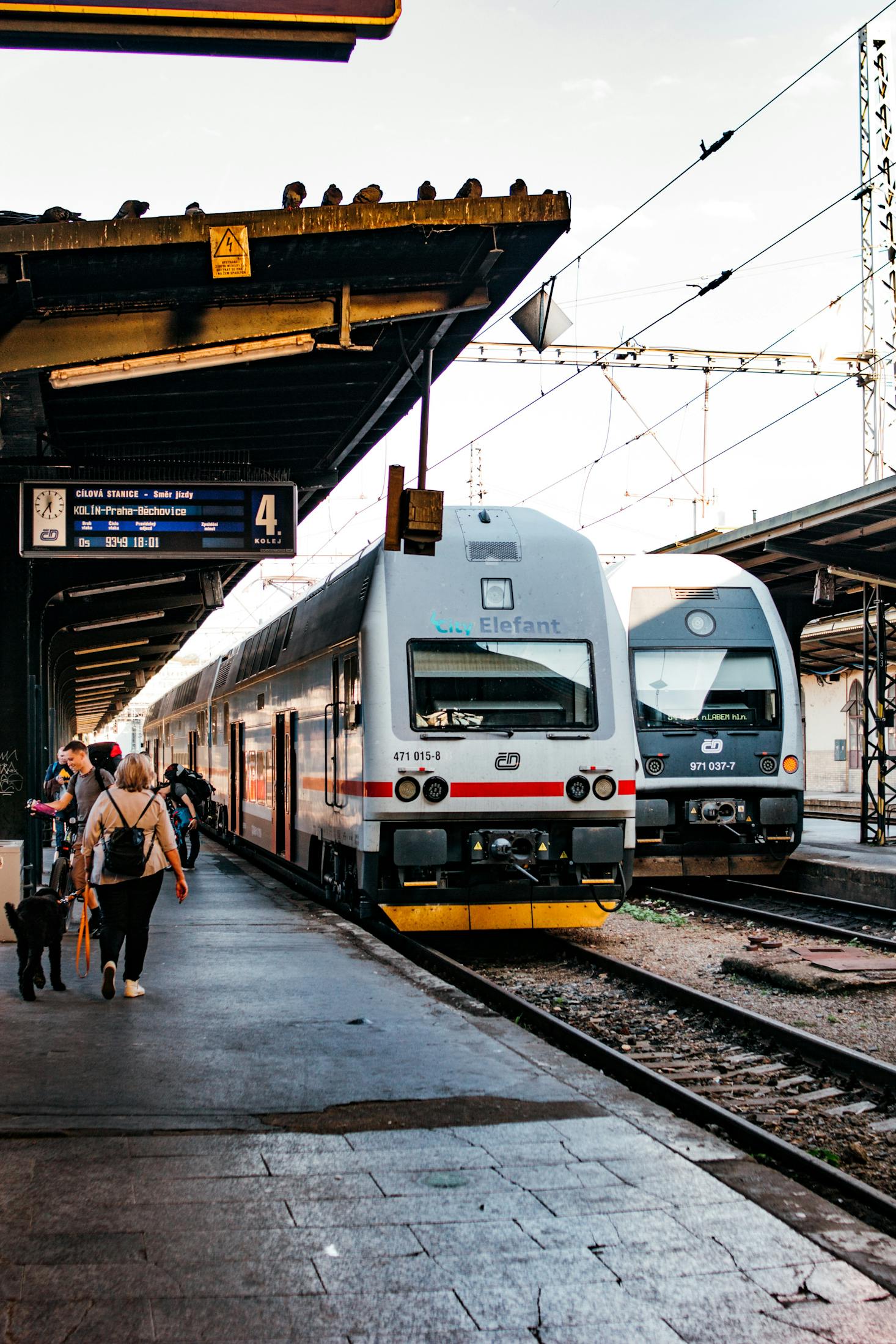
Conclusion
Whether you prefer Metro, tram, or bus, getting around Prague is very simple. Since you only need to purchase one ticket to get unlimited travel on the public transport network, you won't have to spend a lot of time navigating different systems so you can switch lines and get around the city. Plus, the city's top attractions are well served by Metro stops and bus stations, so whether you're looking to visit the famous astronomical clock or pay tribute at the John Lennon wall, you're bound to find a tram stop or bus stop that will make it easy.
Then again, the historic heart of Prague is so compact that you may not need to use public transport here at all. Once you've gotten from the airport to central Prague, you'll find the best way to get around is often by walking. And this charming old city rewards pedestrians, with something new to see around seemingly every corner.
However you choose to get around Prague, you should have a great time. Especially if you leave your belongings at a Bounce luggage storage before heading out to explore.

Love discounts and traveling?
Sign up for our newsletter and get 10% off your next booking.
